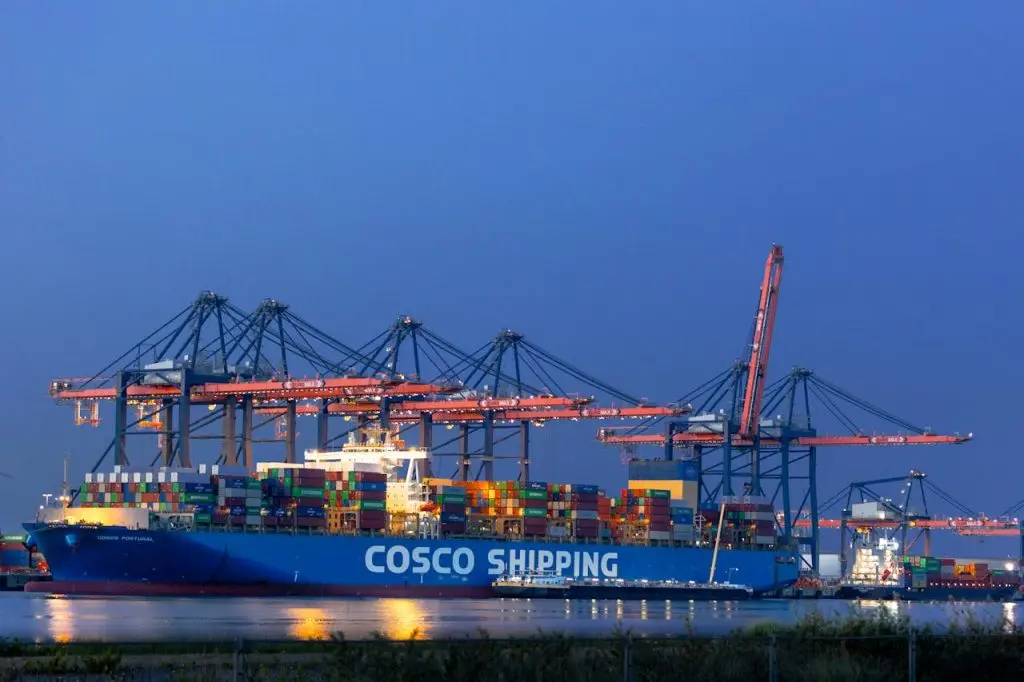Moving House

Moving Overseas

Container Shipping

Services

Find Removalists


Are you moving overseas from Australia but don’t have enough belongings to fill a whole shipping container? Then LCL shipping – or Less than Container Load shipping might be the solution for you. In this article, we walk through what LCL shipping, also known as consolidated shipping, is, the costs, freight options, companies, and tips on how to save money when moving abroad. Don’t forget to request your free removal quotes along the way.
You may be asking, what is LCL shipping, also known as consolidated shipping? LCL stands for Less Than Container Load shipping, which is a cheaper alternative to normal full container shipping.
LCL shipping is a freight method where you only pay for the space you use in the container, making it a great alternative when you’re moving overseas with fewer belongings.
Use our volume calculator now to see if you can opt for LCL shipping instead of using a full container. Fill in the form below and receive an instant volume estimate.
If you’re not in a hurry to get to your destination and are planning well ahead of time, sea freight LCL is noticeably cheaper than air freight LCL.
Below you can see the cost and time comparisons:
| Details | LCL Sea Freight | LCL Air Freight |
| Best for | · International non-urgent moves · Large volumes are not big enough to fill a full container | · Urgent international shipments · Time-sensitive moves · High-value items |
| Costs | $120-$250 per CBM | $10-$25 per KG |
| Transit Time | 3-10 weeks | 1-7 days |
Looking for companies offering LCL shipments? Fill in our quote form below with the volume of your move and get matched with companies that offer consolidated shipping. You can get up to 5 free LCL removal quotes today and compare movers.
So, how much does LCL shipping cost? The costs of LCL shipping, or consolidated shipping, are usually calculated by price per cubic meter. This aligns with the principle of paying for the space you use.
Below, we have gathered some average cost estimates of LCL shipping to popular destinations:
| Destination | Cost per CBM in AUD |
| United Kingdom | $ 201 |
| United States | $ 150- $255 |
| China | $ 120- $180 |
| Germany | $ 180- $240 |
| Japan | $ 165- $210 |
| Netherlands | $ 195- $225 |
*Disclaimer: These costs are mere estimates and can fluctuate based on weight, route, and freight method
If you’re curious to know more about container shipping costs, have a look at our article:
When you’re choosing your mover for your overseas removal, it’s important to choose a mover that also offers LCL shipping as an option. Have a look at some of our companies below, or do more research yourself and look at all our top removalists.
We know that moving abroad can be very costly, so you might be asking how to ship overseas cheaply. We’re here to help by guiding you through money-saving steps.
As mentioned before, LCL shipping is a great and affordable option when you’re moving overseas with smaller loads. This way, you will pay by the cubic meter (cbm) for the space you need.
The most foolproof way to find the best shipping quote is by comparing multiple quotes from various removal companies. Once you have 3-5 moving quotes, you can compare reviews, transparency, prices, and accreditations before making your choice.
If you’re looking to have an affordable move, you should consider sea freight over air freight when moving overseas. If you plan in due time, you will be able to arrange the shipping time of sea freight so that it coincides with your move.
Moving with only necessary items will reduce your costs. The smaller your moving load, the lower your costs will be. That’s why we advise you to declutter your house before a move, and only take irreplaceable items with you, especially when it comes to furniture.
Moving in the off-peak season will allow you to save money on your overseas move. Usually, moving during the winter season is more affordable than moving during the summer season.
We hope that this guide has been helpful to you and that you feel confident in your knowledge about LCL shipping. If you are left with further questions, have a look at our FAQs and linked articles below.